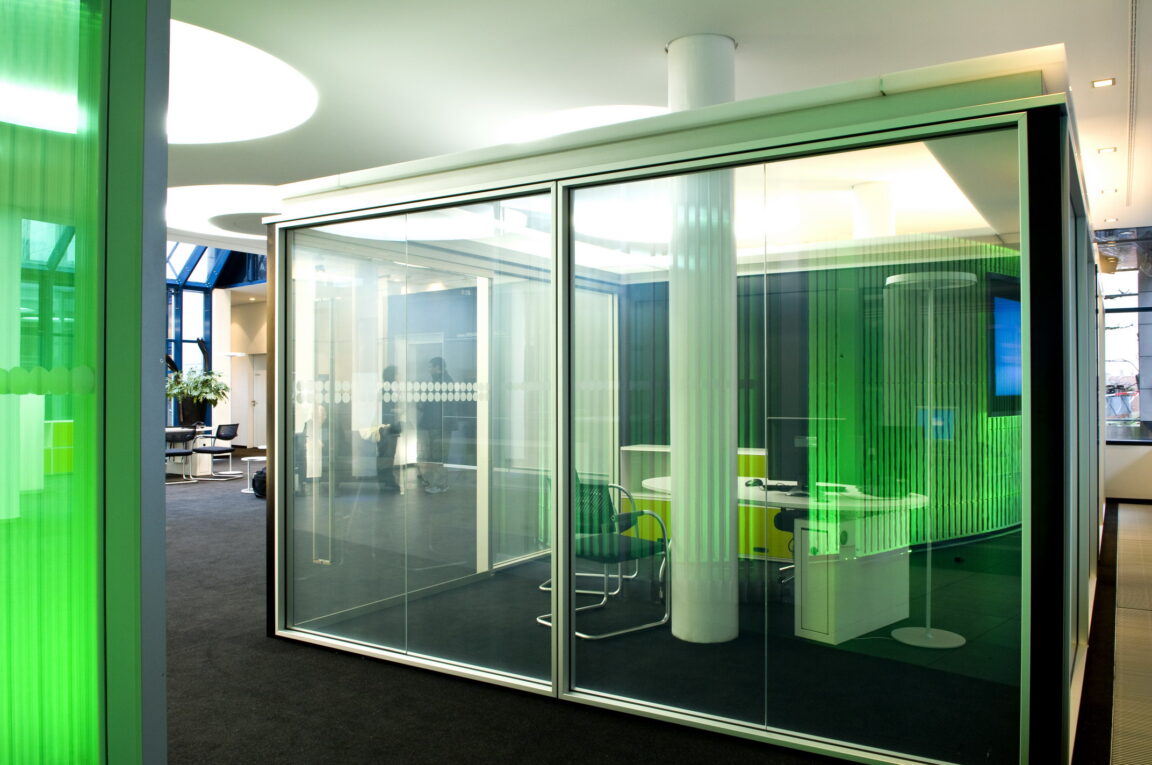Smart glass, also known as ‘glass computer’, is a technology that incorporates features into eyeglasses that allow the user to access information or receive notifications. These smart glasses function much like a head-mounted display and feature projectors or reflective displays capable of overlaying graphics, text and videos onto the real-world view seen through the glasses.
Some key features and capabilities of smart glass include:
– Augmented reality (AR) overlay: Provides ability to see hyperlocalized information overlaid onto the real world. Things like turn-by-turn directions, product details/reviews etc.
– Notifications: Allows receiving texts, emails, calls and other notifications discreetly in one’s field of vision without looking at a phone.
– Language translation: Translates speech in real-time either from user or the person they are communicating with.
– Document viewing: Lets user access documents, photographs etc. and view/share them hands-free.
– Live video chat: Allows user to conduct video calls through their glasses.
– Health monitoring: Integrates features like step counter, heart rate monitor for health and fitness tracking.
Current Smart Glass Options
Some major players currently offering Smart Glass options in the consumer market include Google, Microsoft, Snap and Vuzix.
Google Glass: One of the earliest versions of smart glasses, Google Glass gained significant media attention but faced adoption challenges. The latest Google Glass Enterprise Edition 2 targets businesses for applications like hands-free instructions in warehouses or factories.
Microsoft HoloLens: Considered the most advanced AR headset currently available, HoloLens uses holographic lenses to project 3D objects and information over real world environment without requiring a computer or smartphone. Popular for applications in design, engineering and mixed reality gaming.
Snap Spectacles: The Spectacles from Snap Inc. are funky camera glasses that can record photos and videos with a tap and transfer to Snapchat. Lacks complex smart/AR features but offers innovation in form factor.
Vuzix Blade: The Vuzix Blade smart glasses are one of the most fashionable and functional options that lets user manage calls, messages and get directions using Alexa voice assistant. Sleeker alternative to bulkier HoloLens.
Privacy and Adoption Challenges
While Smart Glass promise huge potential, there are valid concerns regarding user privacy considering these devices have camera and audio capabilities. Overly intrusive personal data collection can reduces customer trust.
Social acceptance is also a key factor in widespread adoption of smart glasses. People may feel uncomfortable interacting with others wearing these devices due to lack of non-verbal cues. This ‘Glass hole’ phenomenon where user remains focused on virtual content than social interaction needs to be addressed.
High price points have constrained mass market traction for these devices so far. Affordability will be crucial if smart glasses are to achieve scale beyond niche business applications. Ongoing innovation aims to balance privacy, user experience and affordability to boost mainstream smart glass adoption.
Applications Across Industries
As Smart Glass technologies mature, use cases are expanding across various industries:
Manufacturing: Hands-free guidance for assembly lines and maintenance. Quality inspection support using AR overlays.
Healthcare: Remote diagnosis, procedure instructions, telemedicine capabilities for physicians and patients.
Logistics: Warehouse inventory management, augmenting package pick up and delivery workflows with real-time data.
Education: Demonstrations, access to resources and simulations for virtual/blended learning environment.
Travel and Tourism: Maps, translation, sightseeing information to enhance experiences of visitors and tourists.
Gaming and Entertainment: Immersive AR experiences in theme parks, mixed reality games spanning physical and virtual worlds.
Real Estate: Interactive 3D property tours anytime/anywhere for potential buyers and renters to visualize spaces.
Smart Glass: The Future is Now
While early generation devices faced challenges, advancing technology miniaturization, greater capabilities at reduced sizes/prices and heightened customer awareness is aligning factors for smart glass potential. Dedicated processor chips, improved battery optimization and lightweight frame designs are making these devices more useful and personal electronics.
AR overlaying of contextual data creates huge opportunities for businesses to engage customers. Seamless multitasking experience for users means smart glasses could emerge as the next natural platform beyond smartphones. Continued innovation promises to transform industries by augmenting human capabilities in a minimally intrusive yet impactful manner. The future is now for smart glasses and their massive possibilities across our connected world.
*Note:
1. Source: Coherent Market Insights, Public sources, Desk research
2. We have leveraged AI tools to mine information and compile it

